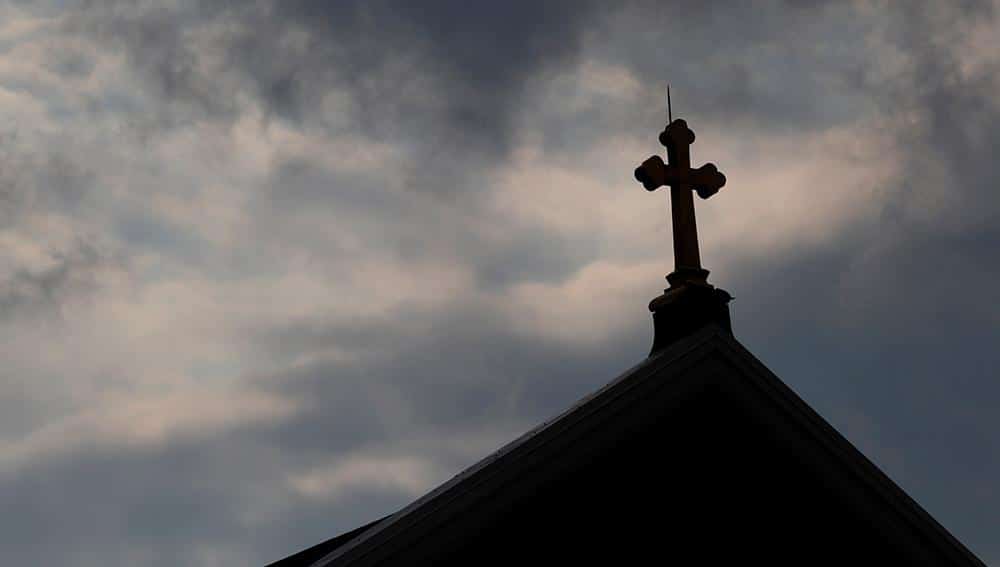On July 27, 2018, the Pennsylvania Supreme Court ordered the release of a redacted version of the state’s grand jury report that detailed abuse of young and vulnerable people by priests in six of the state’s Catholic dioceses. The report also chronicled bishops’ widespread failure to report these crimes and, in many cases, their outright cover-up.
Two-and-a-half weeks later, in mid-August of last year, the redacted report was released, sending shock waves through the Church not only in Pennsylvania, but across the country and around the world. The sheer numbers were staggering: 300 priests were found to have abused more than 1,000 victims over decades.
The release of the Pennsylvania grand jury report, along with the revelation that former cardinal Theodore McCarrick had been sexually harassing seminarians for years, sparked the “Summer of Shame” in the American Church — shame that continues to cast a dark cloud.
For many Catholics, this new wave of reports of widespread clergy abuse felt like opening up a wound that hadn’t fully healed. The revelations of abuse and cover-ups in the Archdiocese of Boston a decade and a half ago ignited a firestorm, but it also sparked needed change. The Boston Globe’s first report of priestly abuse was published in January 2002. It took less than six months for the U.S. bishops to draft and approve the Charter for the Protection of Children and Young People — a document that, while not perfect, has largely succeeded in putting in place policies and procedures to safeguard children.
| Read More |
|---|
Recently, others have taken note of the Church’s success. After reporting last year that police had investigated more than 520 cases of children being sexually assaulted or abused in Chicago Public Schools from 2008 to 2017, the Chicago Tribune in June published an editorial that praised the ongoing efforts of the Archdiocese of Chicago, writing: “For more than 15 years, the archdiocese has conducted background checks on priests, staff, volunteers and any parent or coach who might come into contact with a student. … For years, the archdiocese has required a training course for anyone whose role in a Catholic school or church brings them in contact with kids. … It is an ongoing, annual, expensive — but necessary — component of the Chicago archdiocese’s response to the global child abuse scandal.”
The bishops deserve much credit for their strong and quick leadership in 2002, but in the year since the Pennsylvania grand jury report and the McCarrick scandal rocked the Church, this editorial board has been disappointed by the lack of effective action, from the Vatican on down, in responding to the most pressing concern of the faithful — namely, holding bishops themselves accountable for abusing their positions of authority.
This stagnancy has eroded Catholics’ confidence in the episcopate and, worse, seems to have stalled the very mission of the Church. It is difficult — almost impossible — to spread the Good News of Jesus Christ when the leaders of the Church are so intently focused on damage control. But, as the editorial in the Chicago Tribune points out, even as it tends to its own sinfulness the Church still has something to say to a society that continues to stray further from God.
This editorial board has written at length over the past year about the need for Pope Francis to lead the bishops in getting their house in order; we hope that, 12 months from now, we’re praising the work the entire hierarchy has done to rebuild the trust of the faithful and resume carrying out the Church’s mission. To be sure, there will be more scandals, more headlines and, sadly, more victims. But through it all, the Church needs to continue to be a field hospital for the wounded. In order to do so most effectively, however, it cannot spend all of its time tending to its own self-inflicted injuries.
OSV Editorial Board: Gretchen R. Crowe, Scott P. Richert, Scott Warden, York Young





